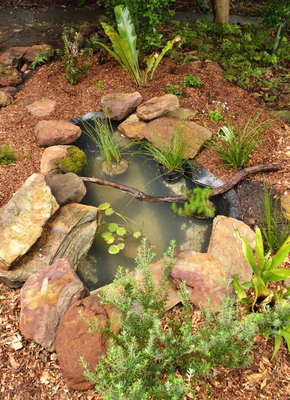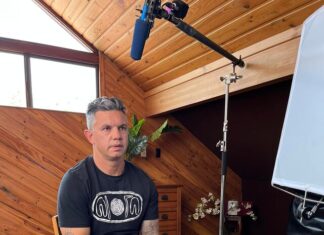Digital Edition
Subscribe
Get an all ACCESS PASS to the News and your Digital Edition with an online subscription
Film exploring trauma and parenthood set for free Warwick screening
A groundbreaking documentary exploring the emotional journey of parenthood is set to be screened by BUSHkids in Warwick next month.
The not-for-profit rural health organisation...








